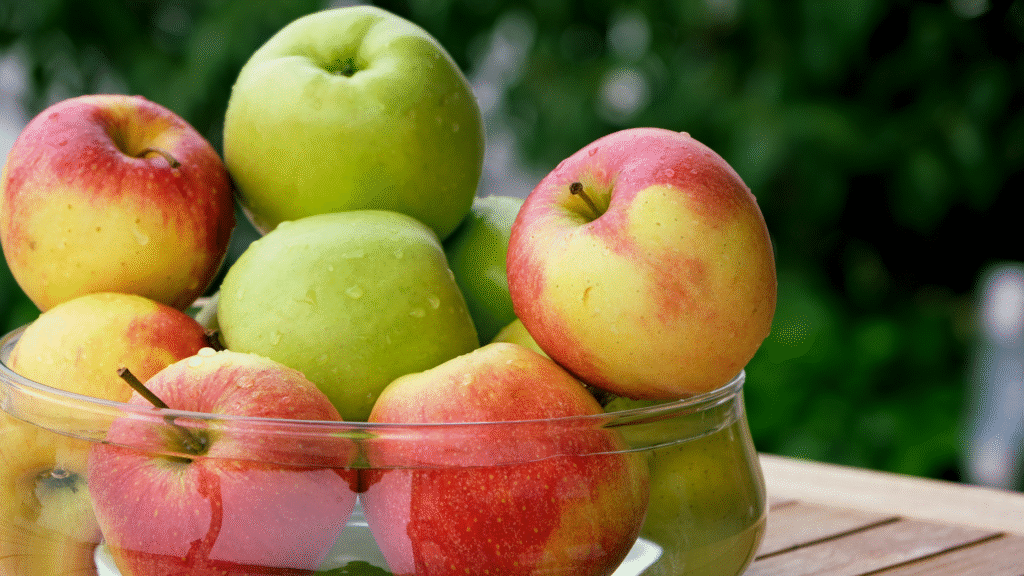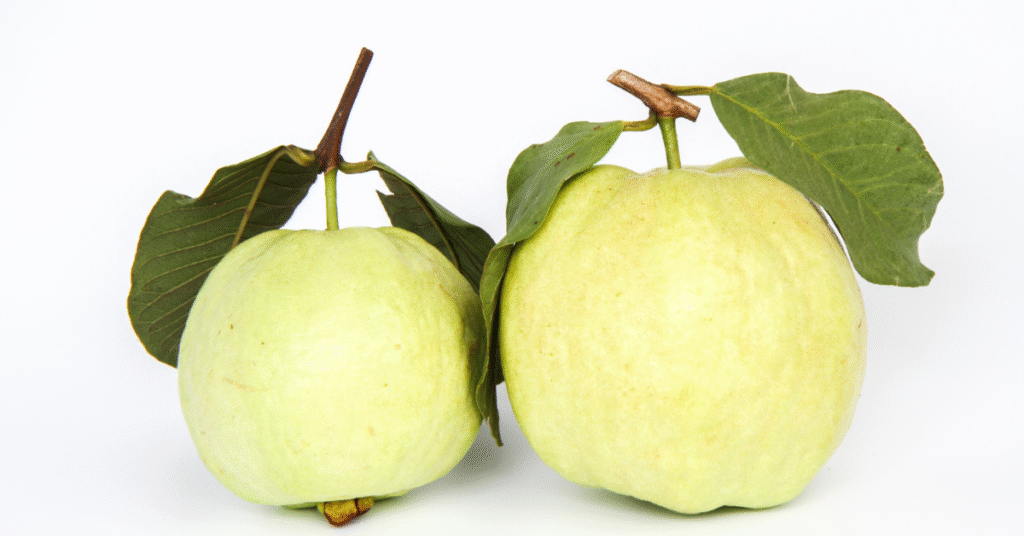How to Eat Healthy for Beginners (Step-by-Step Guide)
Step 1: Understand What “Healthy Eating” Really Means
Healthy eating isn’t about strict limitations, staying unrealistically thin, or depriving yourself of the foods you love. It’s about feeling great, having more energy, improving your health, and stabilizing your mood. According to a review published in PMC, dietary patterns rich in whole foods—fruits, vegetables, whole grains, and lean proteins—are linked with long-term health benefits.
Step 2: Start by Eating More Whole Foods
Whole foods are unprocessed or minimally processed items like vegetables, fruits, nuts, legumes, seeds, and whole grains. They retain their natural nutrients and fiber, helping you stay full longer and reducing sugar spikes. A 2021 study in the Journal of Nutrition shows that diets emphasizing whole foods reduce the risk of chronic diseases like diabetes and heart disease.
Step 3: Learn to Read Nutrition Labels
Understanding food labels can help you make informed choices. Look at serving sizes, added sugars, saturated fats, sodium, and the ingredient list. Avoid heavily processed foods with artificial additives and refined sugars.
Step 4: Use the Harvard Healthy Eating Plate
The Harvard Healthy Eating Plate recommends filling half your plate with vegetables and fruits, a quarter with whole grains, and the last quarter with healthy proteins. It also emphasizes healthy oils and drinking water.
Step 5: Practice Portion Control
Even healthy food can lead to weight gain if eaten in large quantities. Use smaller plates, eat slowly, and listen to your body’s hunger cues. Being mindful during meals helps prevent overeating.
Step 6: Cook More at Home
Home cooking gives you complete control over ingredients, portion sizes, and preparation methods. You can reduce added sugars, fats, and salt by using natural herbs and spices. Try exploring these healthy dinner recipes to start making balanced meals right in your kitchen.
Step 7: Plan Your Meals in Advance
Meal planning can reduce impulsive food choices and save time and money. Prepare shopping lists, batch-cook healthy meals, and store leftovers. This routine supports long-term success and reduces stress.
Step 8: Stay Hydrated
Water is essential for digestion, metabolism, and nutrient absorption. Aim for 8–10 glasses per day. Avoid sugary sodas and limit juices. If you need flavor, add lemon, cucumber, or mint to your water.
Step 9: Understand the Role of Micronutrients
In addition to carbs, proteins, and fats, your body needs vitamins and minerals for optimal function. Eat a variety of colored vegetables and fruits to ensure you get a wide range of nutrients. According to a 2020 study on micronutrient deficiencies, even mild deficiencies can affect mood, energy, and immunity.
Step 10: Be Kind to Yourself
Starting a healthy lifestyle is a journey—not a race. Don’t stress over the occasional treat or slip-up. Focus on building habits gradually, and reward your progress. Consistency is more important than perfection.
Conclusion
Eating healthy as a beginner doesn’t require drastic changes or expensive superfoods. Focus on whole, natural ingredients, plan your meals, and be mindful of portions. Over time, these simple practices become second nature. If you’re ready to take control of your diet and well-being, start today with one small change—your body and mind will thank you.



